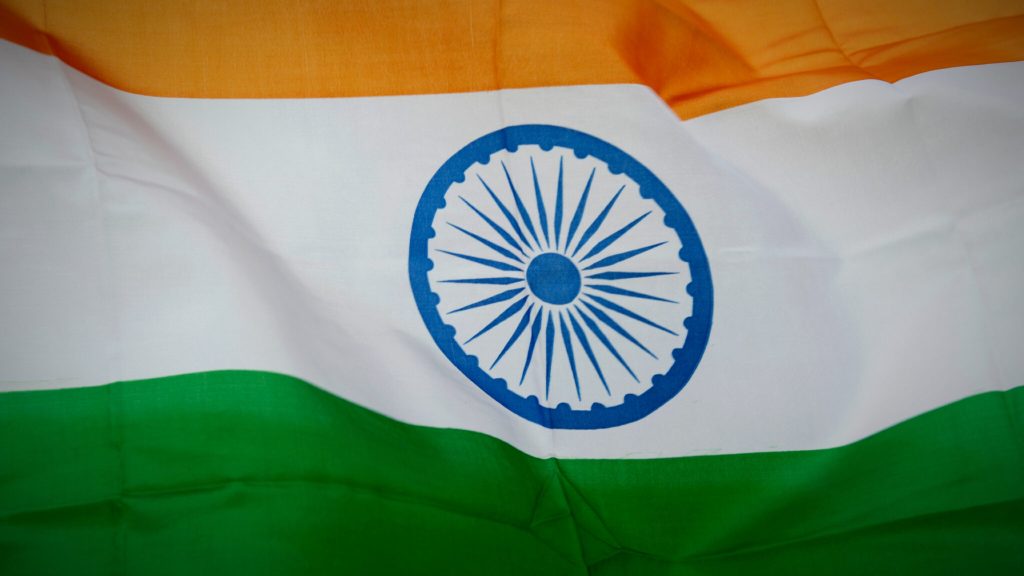India’s DoT Unveils Ambitious Telecom Policy for 2025

India’s Department of Telecommunications (DoT) has revealed its draft for the National Telecom Policy 2025, outlining significant goals to enhance connectivity and digital infrastructure nationwide.
Key Highlights:
- Universal 4G/5G Coverage: India aims to achieve complete 4G and 90% 5G population coverage by 2030, with a focus on upgrading fiber in rural areas.
- 6G Innovation Push: The policy sets a target of 10% global 6G IP share, positioning India as a top-10 R&D hub.
- Boost to Manufacturing and Investment: Introduction of a Telecom Manufacturing Zone and streamlined compliance to attract $11.5 billion annual investments.
The draft is currently open for public feedback until July 23, encouraging stakeholder participation towards achieving the proposed objectives including telecom export growth and innovation enhancement in India.
Rural Connectivity and Expansion:
The policy emphasizes enhancing fiber coverage for telecom towers from 46% to 80%, ensuring full fiber connectivity for all Gram Panchayats under the BharatNet initiative, and establishing fiber links for village-level government institutions to improve uptime and connectivity.
To bridge service gaps, new initiatives will bolster mobile network expansion in underserved areas and promote fixed-line broadband adoption. Integration of telecom infrastructure with disaster recovery planning and alignment with global service benchmarks are key elements of the policy.
Focus on Innovation and Compliance:
India targets a prominent position in 6G R&D with plans to develop 10% of 6G-related intellectual property rights. The policy promotes domestic telecom manufacturing and import substitution through the creation of a specialized Telecom Manufacturing Zone (TMZ).
Efforts to reduce compliance burdens, expedite spectrum allocation, and enhance spectrum availability for R&D initiatives are also outlined in the policy.
Impact and Security Guidelines:
The DoT also introduced stringent security guidelines for satellite communication providers, aiming to fortify national defenses and regulate satellite services. Operators must adhere to over 20 new security conditions including data localization, real-time monitoring, and integration with India’s NavIC system.
The policy framework anticipates doubling the telecom sector’s GDP contribution and attracting $11.5 billion in investments annually.
Global Players and Market Dynamics:
Notably, the update coincides with prominent global companies like Starlink, Project Kuiper, and Eutelsat-OneWeb expanding their operations in India, underlining the country’s growing influence in the satellite communication market.



